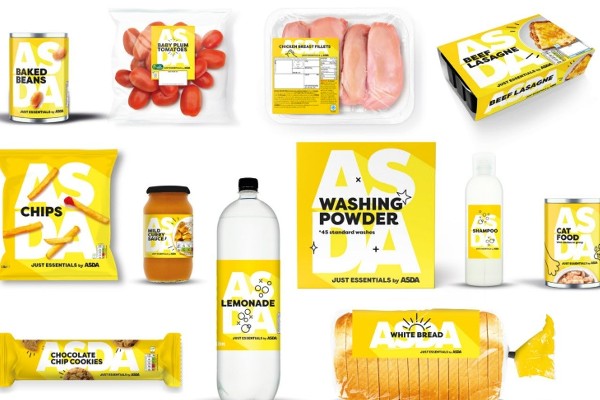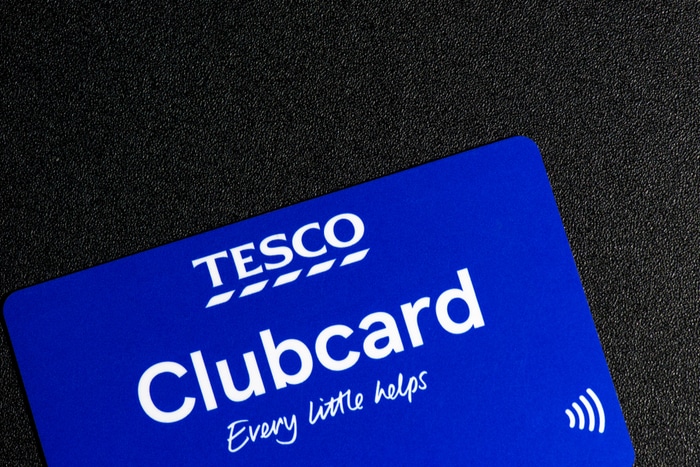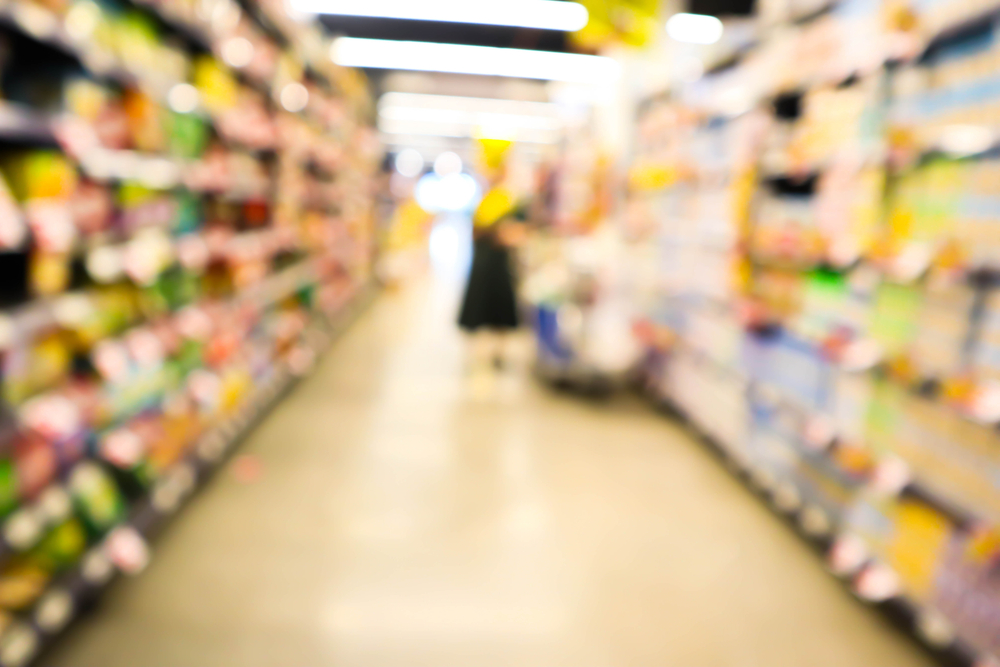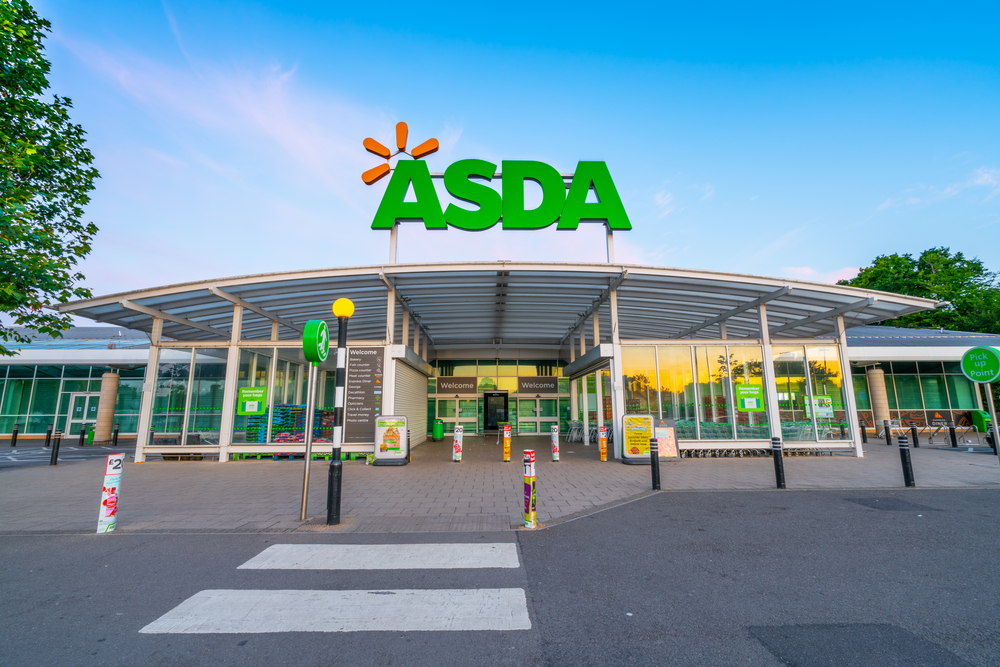So much has happened in the last 12 months that it’s hard to keep up. There’s a war in Europe, soaring gas prices, a cost-of-living crisis, recession and three Prime Ministers in one year. You can’t say that 2022 has been uneventful.
With each of these changes, retail has been impacted, so what has 52 weeks of unfettered chaos done to the supermarket sector?
Let’s cast our minds back to the start of the year. January started off feeling hopeful. We were over the worst of the pandemic, and normal life felt like it might be resuming.
Retail was starting the year on the back of a strong Christmas – according to Kantar data take-home grocery sales reached £31.7 billion over the 12 weeks to 26 December 2021 as shoppers made the most of Christmas festivities.
Although down by 3% compared with 2020, spending remained higher than it was pre-pandemic with sales up 8% on Christmas 2019.
The Big Four, Tesco, Asda, Sainsbury’s and Morrisons were riding high – but the year was only just starting.
Within three months, everything changed.
Soaring food prices
The invasion of Ukraine in February sparked a series of events that would send the political and economic landscape of the world into freefall, with rising interest rates and gas prices causing an inevitable squeeze on the public’s purse.
And while these impacts were felt widely across the globe, in the UK things had their own special brand of chaos.
With ministerial changes happening as often as clean underwear, a whopping three Prime Ministers in as many months, and five Chancellors making decisions about public spending in just one year, the UK experienced some of the worst financial disasters seen in recent memory.
As a result, food prices began to soar. Kantar data from September showed that grocery inflation stood at 12.4% for August, meaning that the average annual grocery bill would rise more than £500 to £5,181. Fast forward to the latest inflation data in November and that figure is still climbing, standing at 14.7% – meaning a £682 jump in the annual grocery bill.
This fight for value has led to a sharp change in the pecking order for supermarkets, with Aldi officially taking over Morrisons as the fourth largest grocer in September. Morrisons is expected to slip even further as sales at Lidl continue to soar.

This driven not just by customers prioritising value for money, but simply by more store openings.
The shifting sands of the past year have impacted the way we shop in a number of ways, and I want to highlight just a few:
Trading down to own label
Own label sales have jumped again by 10.3% over the latest four weeks according to Kantar, as shoppers adopt different strategies to manage their budgets.
The branded goods market grew far slower at 0.4%.
Asda’s 262-product-strong Just Essentials range, while being only representing 1.2% of the supermarkets total range, is seeing a dramatic increase in shoppers, with the number of people buying one of these lines rising from 33% to “nearly two thirds” in one month.

The shift to the discounters
Aldi was the fastest growing retailer in Kantar’s latest 12-week trading period, increasing its sales by 22.7% year on year to now hold a 9.2% market share.
Lidl boosted sales by 21.5% to take its market share to a new record high of 7.2%.
This has been the story of the year as the discounters continue to thrive.
As dining out and ordering in drop, food delivery is diversifying
While online shopping for groceries continues to grow, food delivery companies like Deliveroo are getting in on the act.
In its third quarter alone, Deliveroo added an additional 2,000 grocery locations and over the year this figure is up by 7,000.
Deliveroo data reports that nearly a quarter (24%) of Londoners now use rapid grocery services once a week to get their groceries.
So, what will 2023 bring?
It’s fair, and probably an underestimation, to say that these are interesting times we’re living in.
The coming year is already set to be as unsettled as this one, as war rages on, supply chain issues continue to mount, and wholesale gas prices affect household bills.
The UK high street will inevitably suffer, as small independents struggle to keep up with rising costs, hit by low buying power and increased import costs from Europe.
The big chains will see some flex and change as shoppers continue to adapt their shopping – changing what they buy, where, when and how often.
What’s crucial to watch is how retailers respond to ensure they don’t lose the customers – they’re going to need to move fast to make sure they’re able to retain as much loyalty as possible.

While discounters bite at the heals with everyday low prices, the big names are going to need to work hard to drive brand loyalty.
Tesco is already making big changes to their Clubcard scheme, giving shoppers far more frequent offers, and Asda has extended their ‘Kids Eat for £1’ initiative to the end of the year and launched an unlimited ‘Soup, rolls and tea for £1’ initiative for the over-60s.
I would expect to see more moves to help those hit hard by the rising cost of living in the year ahead.
Whatever happens, one thing is for sure. When we look back on 2023, we’re going to have a very different conversation from the one we’re having today.
Vineta Bajaj is a grocery sector expert, having spent almost 10 years at Ocado, rising to the position of group finance director.
Click here to sign up to Retail Gazette‘s free daily email newsletter


















